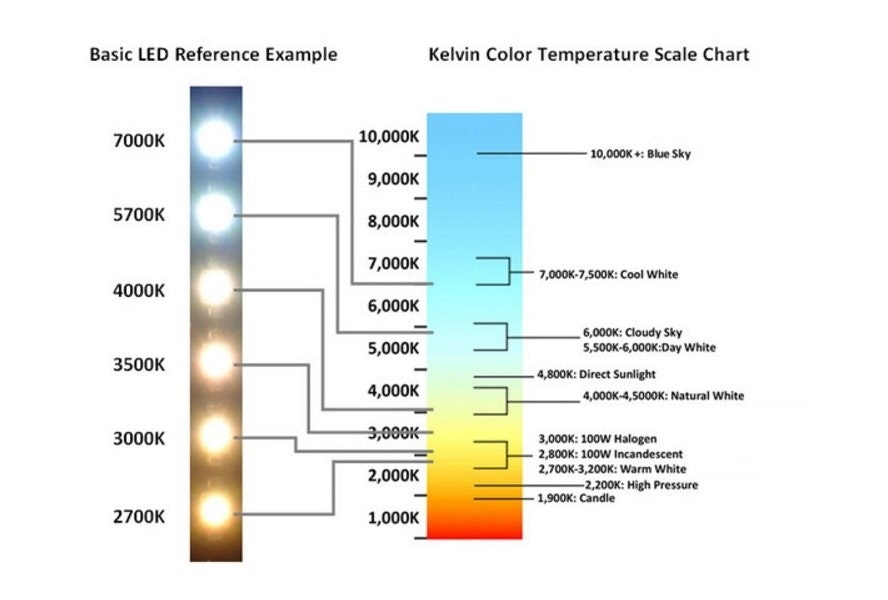Overview
Why is Correlated Color Temperature (CCT) important?
Color temperature is important is because light creates atmosphere!
The Color Temperature of light quantifies the visual appearance of light, often referred to as how "warm" or how "cool" the light is. In the lighting world, the color of light has traditionally been classified as warm white or cool white, depending on its correlated color temperature (CCT).

At RBW we offer a range of color temperatures from 2200k to 4000k across our product lines. This range allows for designers, architects and homeowners alike to use light to create the perfect atmosphere.
2700k is our most popular color temperature, often used in homes to mimic the classic warm glow of an incandescent bulb. Our range of color temperatures sets the tone of any environment.
- Restaurants, hotels, residences: 2200-2700K CCT
- Adds a romantic, warmer feeling to a space
- Flattering to skin tones and clothing
- Draws out warm colors in furniture, art and other objects in the space.
- Commercial and industrial facilities: 3000-4000K CCT
- Light more closely matches daylight, making a space “feel” more productive and business-focused
- Often perceived by the human eye as “brighter” or producing more light than a source with a warmer color temperature
- Because of this increase in perceived light, shifting to cooler color temperatures may also have an energy-saving effect for some businesses, as they can actually use less light than they could with warmer CCT sources.
- Task Lighting and Workspaces: 2700-3500K CCT
- Cool light is also preferred for visual tasks because it produces higher contrast than warm light
- Color temperature of 2700–3500K is generally recommended for most indoor general and task lighting applications
